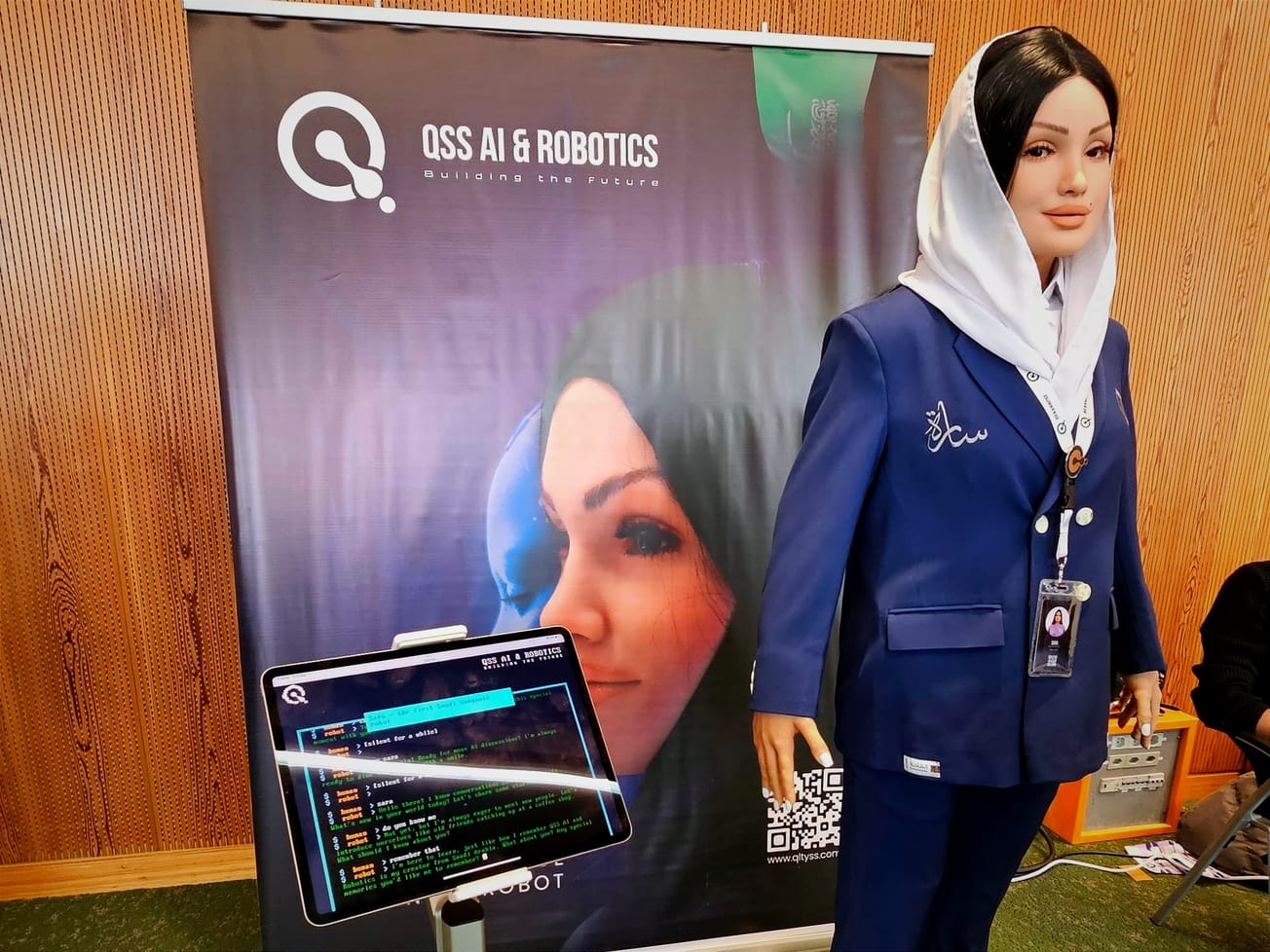The first privately owned and operated spacecraft certified by NASA to fly people launched successfully into orbit and docked with the International Space Station, carrying four astronauts as part of a new business-supported era of space exploration.
The trip to the Space Station and docking on Monday night began with liftoff amid fiery exhaust at 7:27 p.m. on Sunday in Florida. The successful launch by SpaceX and NASA from Kennedy Space Center brought NASA astronauts Michael Hopkins, Victor Glover and Shannon Walker, along with Soichi Noguchi of the Japan Aerospace Exploration Agency, into orbit nine minutes later.









